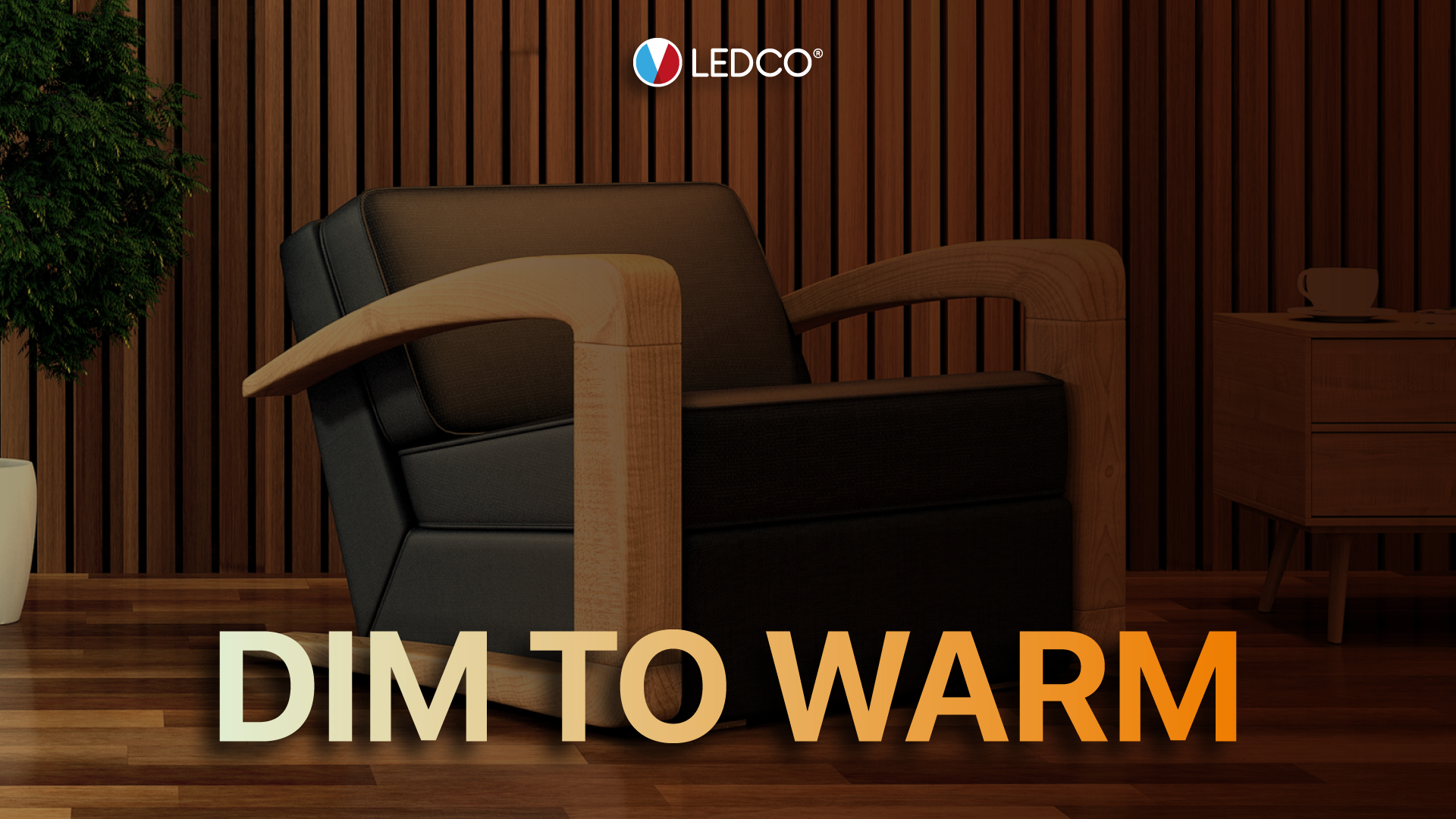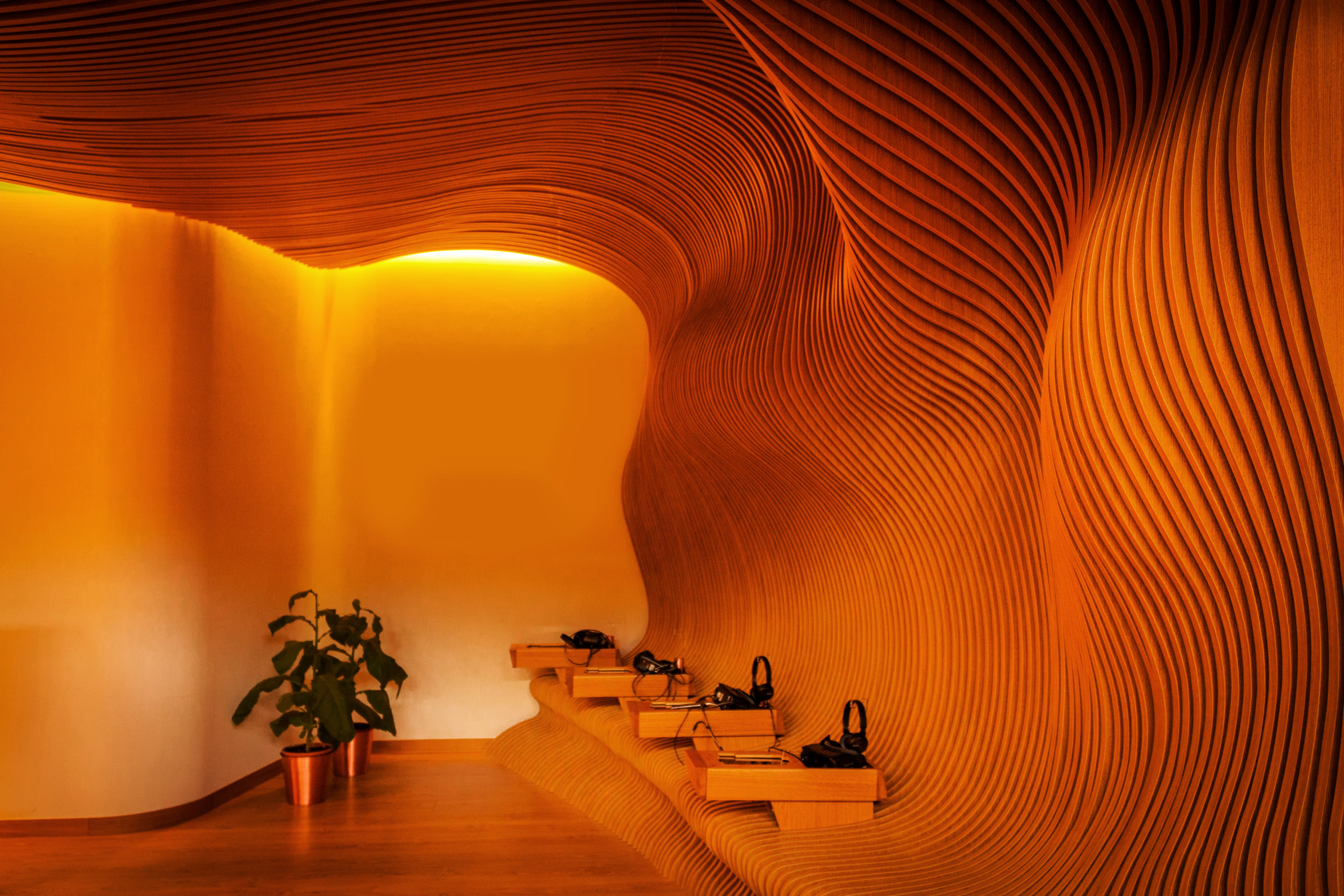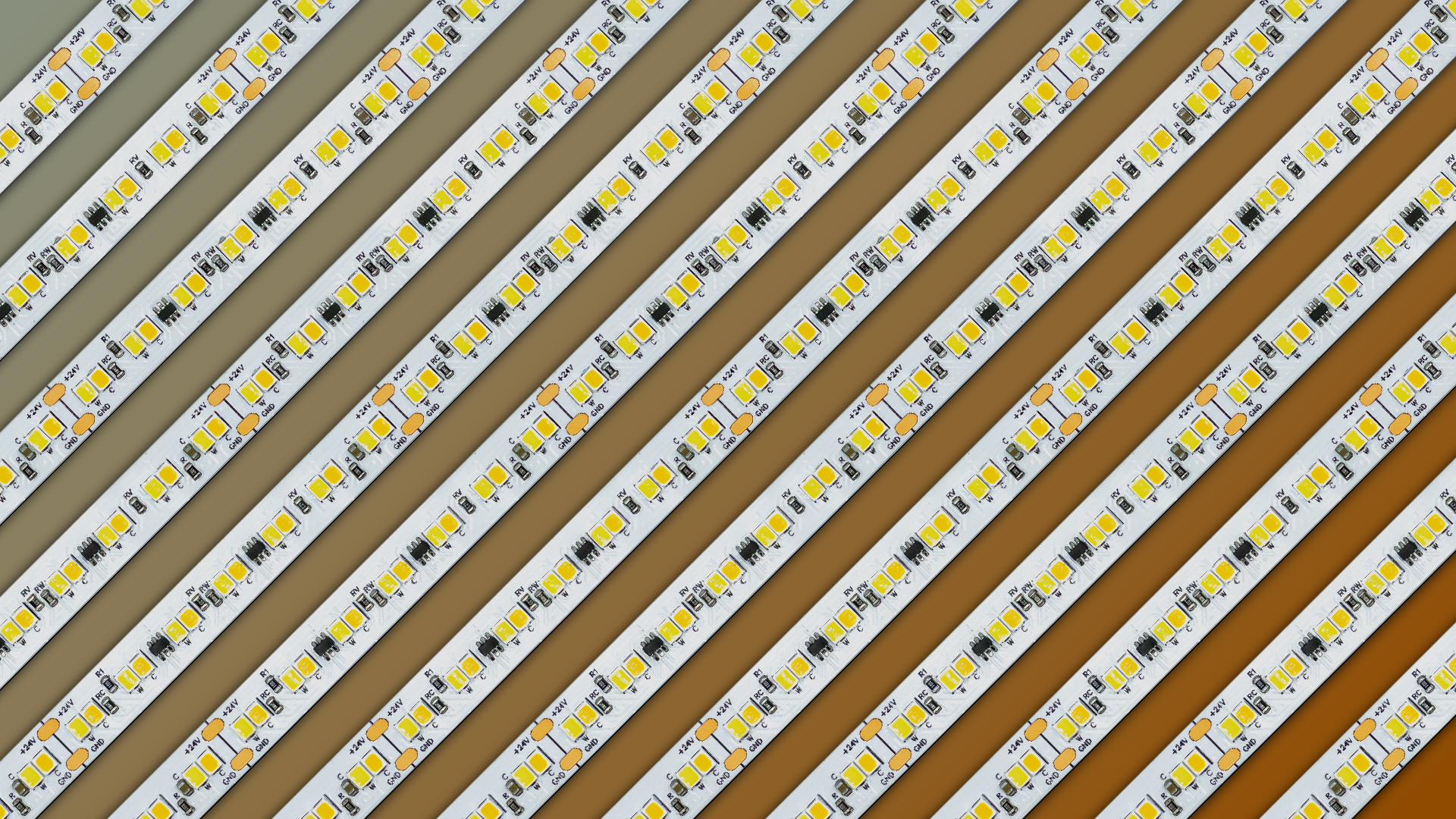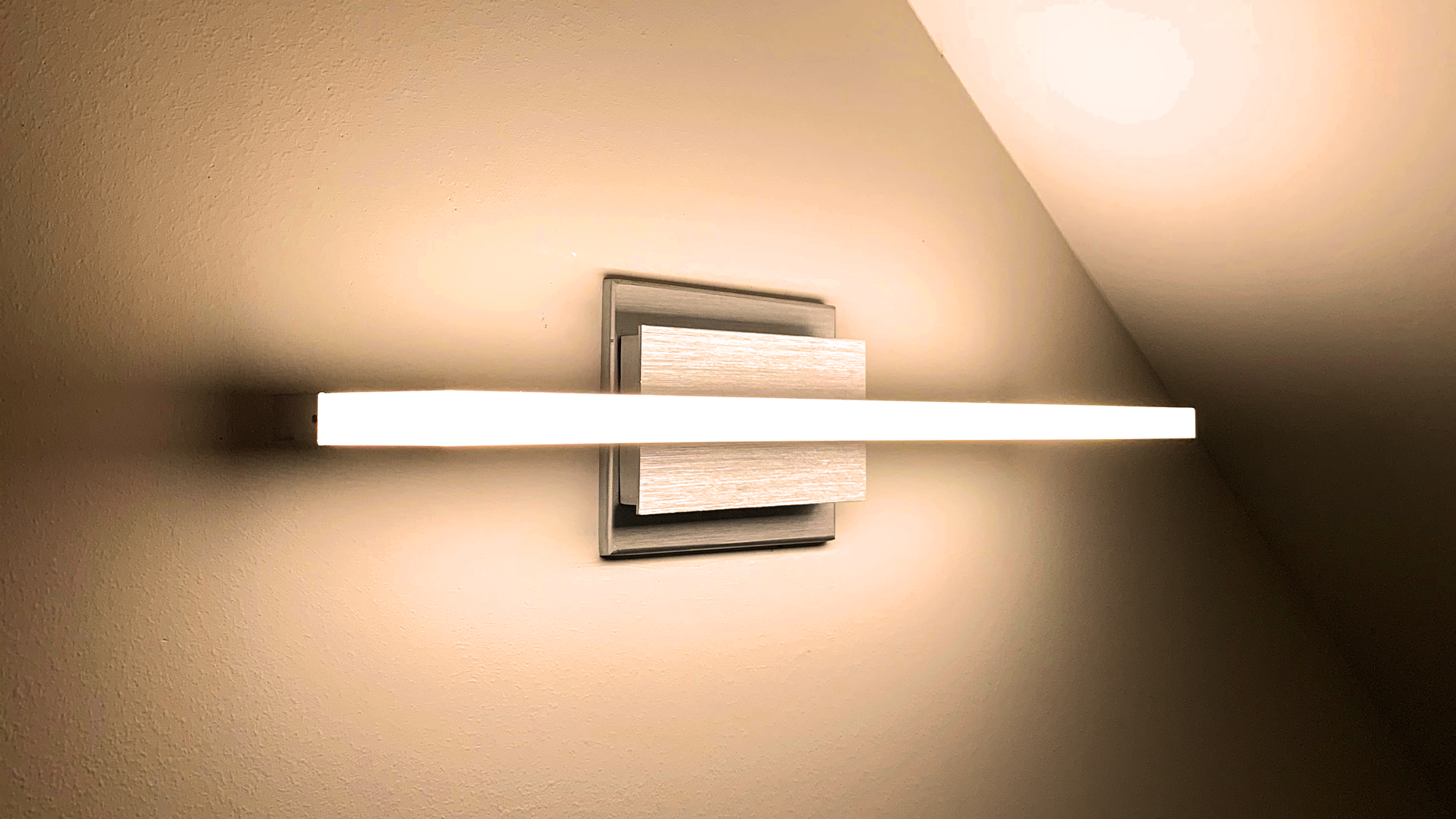DIM TO WARM
The term Dim to Warm refers to the particular LED technology with which it is possible to reduce the color temperature of a lighting body, thus offering the possibility of creating welcoming and relaxing scenarios.
The aim of this technology is to create the sensation of warmth of halogen lamps, without renouncing the benefits of LED technology.
Adjust the light,
set the mood.
The Dim to Warm system is a technology
control that reduces the color temperature
of a lighting body when this is dimmed,
allowing uniform dimming of warm white light,
from 3000K to 1800K.
With the Dim to Warm system,
the color temperature warms up while dimming,
creating a comfortable environment
thanks to the reproduction of the dimming effect
some old incandescent lamps,
but with more advanced performance and flexibility.
Adjust the light,
set the mood.
The Dim to Warm system is a technology
control that reduces the color temperature
of a lighting body when this is dimmed,
allowing uniform dimming of warm white light,
from 3000K to 1800K.
With the Dim to Warm system,
the color temperature warms up while dimming,
creating a comfortable environment
thanks to the reproduction of the dimming effect
some old incandescent lamps,
but with more advanced performance and flexibility.
Installation?
Never been so simple!
Thanks to the integrated circuits on the PCB of the Strip,
we can use it with traditional PWM dimmers.
This simplifies the installation of the product itself,
reducing purchase costs.
Installation?
Never been so simple!
Thanks to the integrated circuits on the PCB of the Strip,
we can use it with traditional PWM dimmers.
This simplifies the installation of the product itself,
reducing purchase costs.
Goodbye
Dotted effect!
Thanks to the large number of chips
present on the LED strip (196 chips per meter)
we will have a luminous effect without dots.
Goodbye
Dotted effect!
Thanks to the large number of chips
present on the LED strip (196 chips per meter)
we will have a luminous effect without dots.
Learn more





